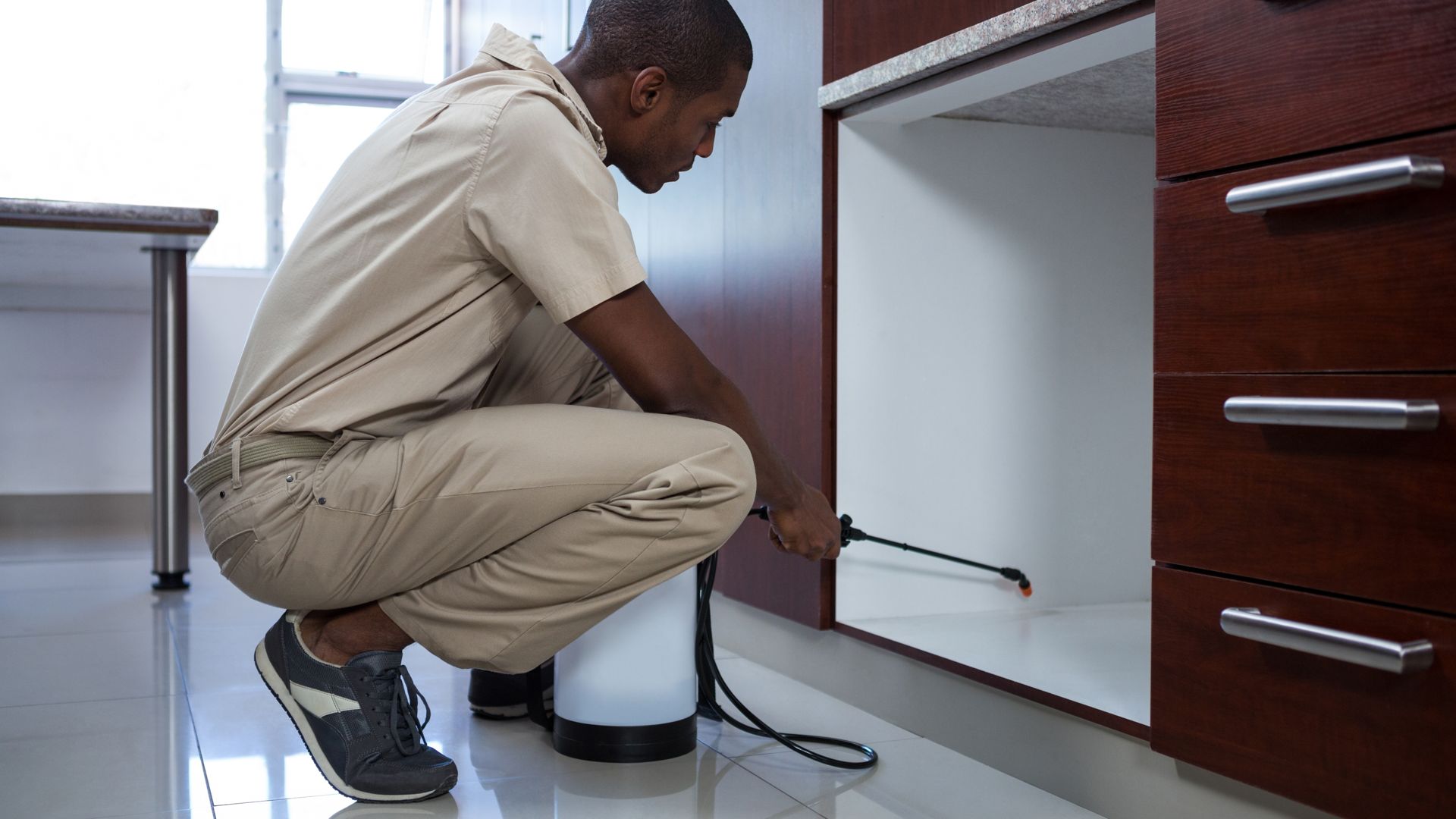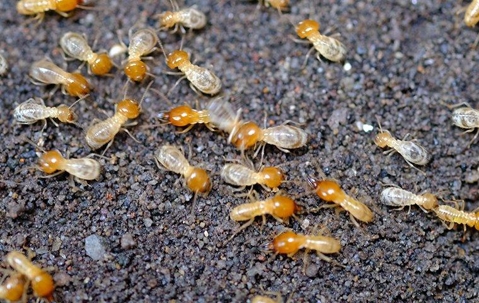Dallas residents are a knowledgeable bunch. They know what it takes to protect their homes, and they understand that termites present a severe threat to their property. However, there are many misconceptions about termites, how to control and prevent termite problems in Dallas, and what you need to do as a homeowner to ensure that termite damage isn’t happening right under your nose. The more you understand about termites, the better chance you’ll have at avoiding being one of the 600,000 homeowners in the United States who incurs damage at the hands (and teeth) of these pesky home invaders.
Crash Course In Preventing Termites
The first thing you should be aware of is some of the things around your home that might actually attract termites to your property. Termites love moisture, so if water pools up against your house every time it rains, you need to figure out a better gutter, downspout, and splash block system to direct the water away. Also, if you have soil that runs all the way up into the wooden parts of your home, make sure you back that soil up to about a foot so that termites can’t crawl right in. Watch out for old, rotting, moisture-damaged wood around the property, as this will cause a termite feeding frenzy. You should also make sure to store firewood away from any sort of valuable structure that termites could damage.
Although these practices will limit the risk of termite activity, there’s really no such thing as a guarantee. So, it’s very important that you understand what to look for to know when you need to call in the professionals.
Identifying Termite Activity Before It’s Too Late
Did you know that homes that suffer termite damage cost about $3,000 on average to repair? Termite activity of 6 months or longer will almost always require repair. That’s why it’s essential that you can identify termite activity around your house early. Unfortunately, termite damage almost always goes unseen for long periods of time. If you can spot the signs of a termite infestation early enough, you can avoid the costly damage that comes with prolonged termite activity.
Let’s start by identifying the actual termite. You’ll see two types of termites in your home or on your property: workers and swarmers. The workers will scurry in and around the wooden structures of your home’s foundation, so, if you see tiny, white, ant-looking types of bugs in your home, those are worker or soldier termites and cause for alarm. Swarmers, on the other hand, are winged termites. They do all the mating. These mating “swarms” occur out in the open and lead to another colony either on your property or one nearby. If you see a swarm, which will look like a grey, buzzing cloud of small flying insects all bunched together, it’s a good indication that there’s a termite colony on your property (or that there’s about to be).
Here are a few of the other things you need to keep an eye (or an ear) out for in your home:
- Tight-fitting doors or windows often indicate termite damage to structures.
- Soft-clicking noises from the wall signal termite colonies at work.
- Small wings left behind by swarmers are evidence of activity.
- Small piles of termite droppings, called frass, and wood pellets can show where termites made themselves at home.
Since termite damage can be catastrophic and expensive after just 6 months of missing these signs, it's important to contact the Dallas, TX home pest control and commercial exterminator service professionals at Greenforest Termite & Pest Control the first time you sense any termite activity. Even better, if you’re someone who prefers a preventative method instead of a reactionary service, Greenforest Termite & Pest Control offers the very latest in Dallas termite control and prevention technology. Protecting your home from common pest problems can be as easy as picking up the phone! Don’t wait until it’s too late.

